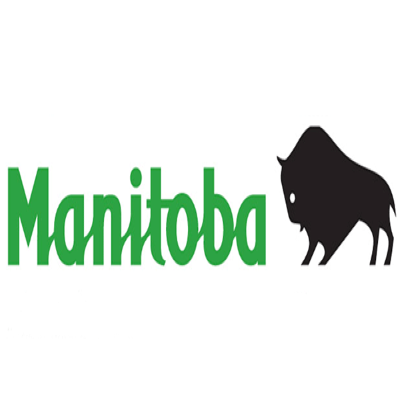canada
Type of resources
Available actions
Topics
Keywords
Contact for the resource
Provided by
Years
Formats
Representation types
Update frequencies
status
Service types
-
RDCK Overview map service
-

Polygon feature layer of Manitoba's economic regions This feature layer depicts the boundaries of economic regions in Manitoba. There are eight regions in Manitoba, defined by Statistics Canada. Fields included [Alias (Field Name): Field description] Economic Region (Economic_Region): The name of the economic region For more information, see Regional Economic Profiles on the Manitoba government website.FF
-
Population density in Canada based on the 2006 and 2011 census data at three levels of geography: census division (CD) (1:5,000,001 and over), census sub-division (CSD) (1:5,000,000 to 1:288,897) and dissemination areas (DA) (1:288,897 and under). Population density is the number of people per square kilometer. Population density change measures the rate of change calculated by the difference in total population density values for each area between 2006 and 2011, divided by the total population density of 2006. The CD and CSD boundaries are based on 2011 data. The 2006 population figures have been adjusted accordingly. The DA boundaries are based on 2006 data. All areas with no data are indicated with a value of -999.
-

Canadas Managed Forests 2020 Vector Tile Layer
-

Provinces and Territories of Canada, April 2022 Forest Management in Canada Web App: 2017 and 2020 (French)
-
An english version is also available at http://atlas.agr.gc.ca/ogc/phz-zrp_wms_en?service=wms&request=getcapabilities
-
Bird Studies Canada WMS/WFS Server for bird distribution and abundance data, and related information. Bird Studies Canada gratefully acknowledges the support of Environment Canada - Canadian Information System for the Environment in developing this service.
-

This is the Grid Section portion of the Oil and Gas Land Division System. This is a grid system consisting of three sections, Area, Section and Unit used to describe Yukon Oil and Gas Dispositions, Leases and Licences. Every Grid Area shall be divided into sections. Grid Areas between 60 degrees and 68 degrees north shall be divided at intervals of 1/8 between the east and west boundaries. Grid Areas between 68 degrees and 70 degrees north shall be divided at intervals of 1/6. The north/south boundaries shall be divided at intervals of 1/10. Each section shall be numbered. Numbering starts with 1 in the southeast corner and moves north along the east edge to 10. The second row is numbered starting in the south again with 11 and goes north to 20. All other rows are number successively in the same manner. Distributed from [GeoYukon](https://yukon.ca/geoyukon) by the [Government of Yukon](https://yukon.ca/maps) . Discover more digital map data and interactive maps from Yukon's digital map data collection. For more information: [geomatics.help@yukon.ca](mailto:geomatics.help@yukon.ca)
-
This data is part of a nested hierarchy of natural areas. Digital coverages of ecozones, ecoregions and ecodistricts were compiled on the standard 1:1 million scale map bases of the Soil Landscapes of Canada database. Une version en français est disponible à http://nlwis-snite1.agr.gc.ca/cgi-bin/ogc/eco_wms_f?service=wms&request=getcapabilities
-

Registered Trapping Concessions (RTCs) are legal boundaries that define an area where the holder of the concession has the exclusive right to trap furbearing animals. Because trapping is done primarily along waterways, RTCs are often defined by watersheds, using height of land (ridges and mountain peaks) as their boundaries. This is the opposite of GMAs which are defined by mountains. Sometimes RTCs are grouped together to form a Group Trapping Concession (in which groups of individual share the right to trap). This may or may not involve the elimination of the component RTC boundaries. The Yukon has 360 RTCs and 13 Group Trapping Concessions. Only Kluane National Park, Kluane Wildlife Sanctuary, and Ddhaw Ghro Habitat Protection are are not covered by RTCs. This data was built using the 1:250,000 National Topographic Data Base (NTDB) as the digitizing base. Distributed from [GeoYukon](https://yukon.ca/geoyukon) by the [Government of Yukon](https://yukon.ca/maps) . Discover more digital map data and interactive maps from Yukon's digital map data collection. For more information: [geomatics.help@yukon.ca](mailto:geomatics.help@yukon.ca)
 Arctic SDI catalogue
Arctic SDI catalogue